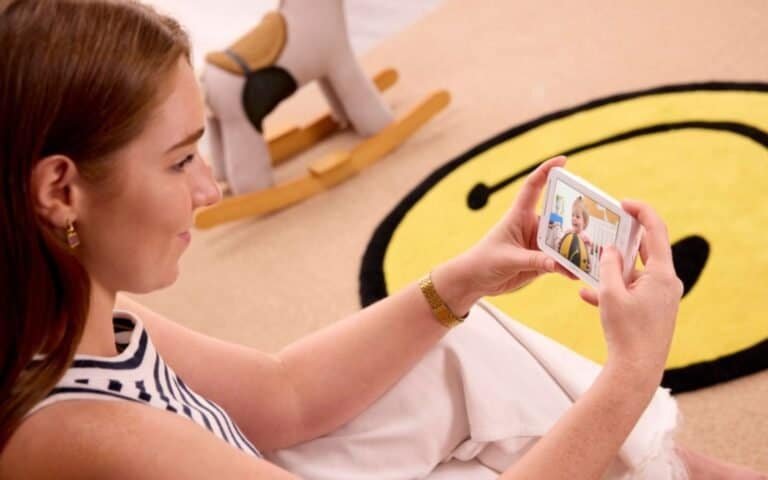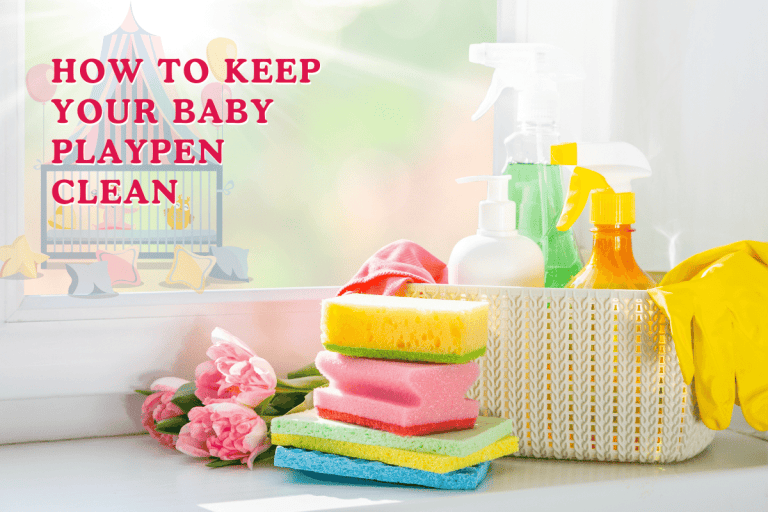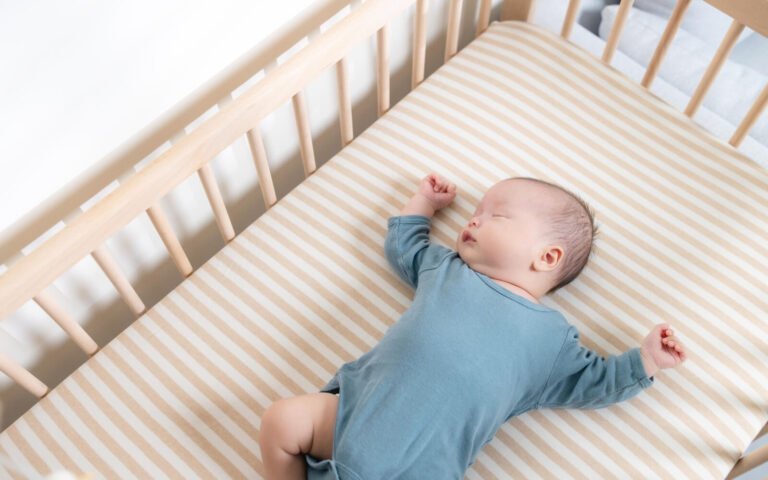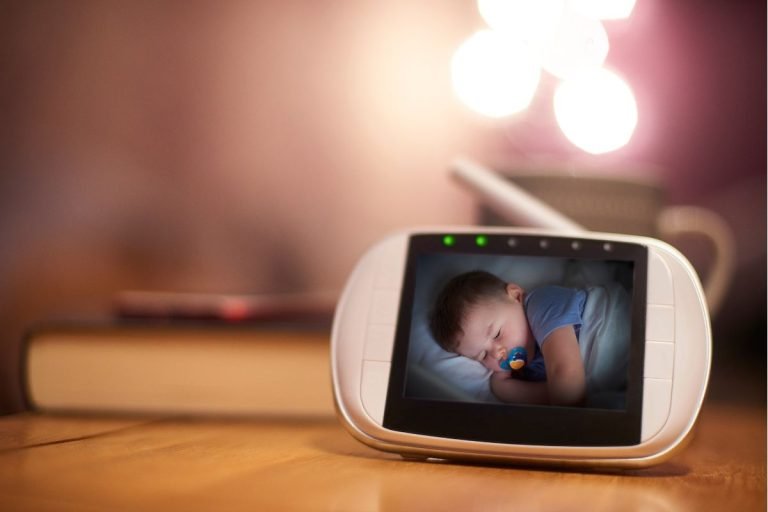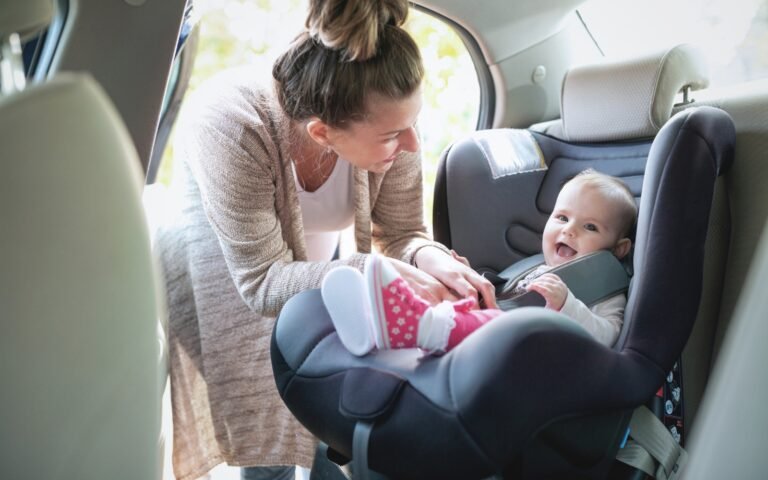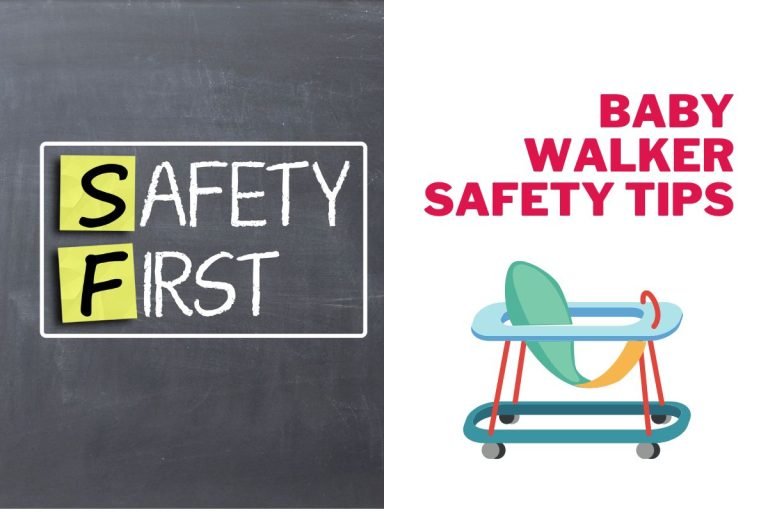Essential Crib Buying Guide 2025: Styles, Safety, and Sleep Tips
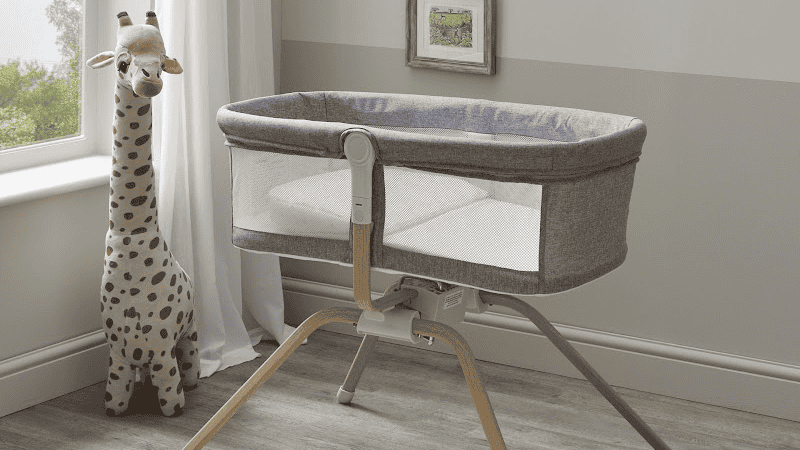
Welcoming a new baby into the family is one of life’s most exciting experiences, and preparing the nursery is a big part of that journey. Among all the essential baby furniture items, a crib is undoubtedly one of the most important. With so many styles, brands, and safety features to choose from, the process can feel overwhelming. Whether you’re drawn to classic wooden frames or modern convertible designs, finding the right fit matters.
One brand that stands out in terms of quality and design is the babymore offering a range of thoughtfully crafted cribs that blend functionality with style. This guide covers everything you need to know before buying a crib – from styles and safety tips to ensuring a good night’s sleep for your baby.
Key Takeaway – Crib Buying Guide
- Choose a crib that meets safety standards, with proper slat spacing, snug mattress fit, and sturdy construction.
- Pick a crib style based on your space and needs standard, convertible, mini, portable, or combo.
- Support healthy baby sleep with a firm mattress, clutter-free crib, and consistent bedtime routine.
Why the Right Crib Matters – Crib Buying Guide
A crib isn’t just a piece of furniture – it’s your baby’s primary sleep space for at least the first two years of life. A well-designed crib ensures that your baby is safe, comfortable, and supported during rest. Choosing the right crib can also contribute to establishing healthy sleep habits and routines, which are critical for your baby’s development.
Types of Cribs to Consider
Before purchasing a crib, it helps to understand the different types available:
- Standard Cribs: These are traditional, full-size cribs that provide a consistent sleep space for infants and toddlers.
- Convertible Cribs: These versatile cribs can transform into toddler beds, daybeds, and even full-size beds. They grow with your child, making them a cost-effective long-term solution.
- Mini Cribs: Ideal for smaller nurseries or apartments, mini cribs are compact yet functional. Some models are even foldable for travel or storage.
- Portable Cribs: These are lightweight, often on wheels, and can be moved easily from room to room. They’re great for parents who want flexibility.
- Crib and Changer Combos: This multi-functional design includes a crib with an attached changing table, saving space and adding convenience.
Materials and Finishes
Cribs come in a variety of materials, most commonly wood and metal. Wood cribs, often made from pine, oak, or beech, offer a warm, classic aesthetic. Metal cribs have a sleek, modern look and are generally durable. When choosing a finish, look for non-toxic paints and coatings that meet safety standards to avoid exposing your baby to harmful chemicals.
Crib Safety Standards
Safety is paramount when it comes to selecting a crib. Make sure any crib you’re considering complies with the latest safety guidelines established by organizations like the Consumer Product Safety Commission (CPSC) or equivalent standards in your region. Here are key features to check:
- Slat Spacing: The distance between slats should be no more than 2 3/8 inches to prevent your baby’s head from slipping through.
- Mattress Fit: A mattress should fit snugly in the crib, with no more than two fingers’ width between the edge of the mattress and the crib frame.
- Sturdy Construction: The crib should feel solid, with no loose or missing parts. Avoid drop-side cribs, which have been banned in many countries due to safety concerns.
- Teething Rails: These protect the crib and your baby’s gums during the teething phase.
Mattress Considerations
A good crib needs a high-quality mattress that offers firm support for your baby’s developing body. Foam and innerspring are the most common types. Make sure it’s firm, breathable, and fits snugly in the crib. Waterproof covers or mattress protectors can help keep things clean and hygienic.
Ease of Assembly
No one wants to spend hours trying to decipher confusing assembly instructions. Choose a crib that comes with clear directions, labeled parts, and accessible customer support. Many parents find cribs that require only basic tools or come partially assembled are easier to manage, especially during the busy weeks leading up to the baby’s arrival.
Style and Nursery Décor
Your baby’s crib will likely be the focal point of the nursery, so choose a style that aligns with your overall theme. From rustic farmhouse to sleek Scandinavian to playful pastels, there’s a crib to match every taste. Neutral colors like white, gray, or natural wood tones are timeless and easy to coordinate with evolving nursery décor.
Budgeting for a Crib
Cribs can range in price from under $100 for basic models to over $1,000 for high-end convertible designs. Determine your budget early and consider what features are worth investing in. Remember that a higher price doesn’t always mean higher safety or better quality – read reviews, check certifications, and compare features.
Tips for Better Baby Sleep
Once you’ve chosen the right crib, setting up the ideal sleep environment can make a world of difference. Here are some tips:
- Keep the crib clear of pillows, toys, and heavy blankets.
- Use a firm mattress and fitted sheet only.
- Position the crib in a quiet, dim corner of the room.
- Maintain a consistent bedtime routine.
- Use a white noise machine if necessary to reduce sudden sounds.
- Keep the room at a comfortable temperature, between 68–72°F (20–22°C).
Crib Maintenance and Longevity
To ensure your crib lasts through infancy and beyond, regular maintenance is key. Tighten screws and bolts periodically, especially after moving the crib. Wipe down surfaces with baby-safe cleaners, and check for signs of wear or damage. Convertible cribs can serve your child for years, so proper care is a great long-term investment.
Summary
Choosing the perfect crib doesn’t have to be stressful. With the right knowledge and a little planning, you’ll find a safe, stylish, and comfortable sleep solution that fits your baby’s needs and complements your home. Whether you go for a standard frame or a multifunctional convertible model, keep safety and comfort top of mind—and rest assured, both you and your baby will sleep better for it.
Frequently Asked Questions (FAQ)
Q: When should I start shopping for a crib?
A: Many parents start crib shopping during the second trimester, around weeks 16–24. This gives you enough time to compare models, read reviews, and assemble it before your baby arrives.
Q: Is it safe to buy a secondhand crib?
A: It can be, but you should be very cautious. Ensure it meets current safety standards, has no recalls, and is in excellent condition with no missing parts or peeling paint.
Q: What size mattress fits a standard crib?
A: A standard crib mattress is approximately 52″ long and 28″ wide. Always double-check measurements for a snug fit.
Q: How long can my baby sleep in a crib?
A: Most babies sleep in a crib until about 2–3 years of age or until they begin climbing out. At that point, a toddler bed or converted crib is recommended.
Q: Can I place the crib near a window?
A: Avoid placing the crib near windows with blinds or curtains, as cords and fabric can pose strangulation risks. Choose a spot away from heaters or direct sunlight.
